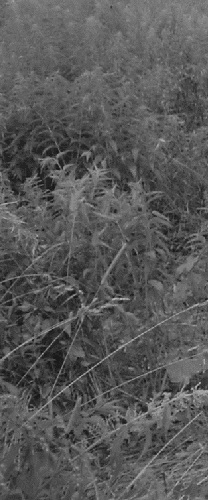About the subject. Palaeolimnology.
Study of the invertebrate remains in the bottom sediments in different water bodes could reveal type of the zocenosis, inhabiting this water body, and its development in the past. Note that the history of zoocenosis development could not be studied by other methods. In such studies, only some groups of the invertebrates could be registered (i.e. copepod remains are mainly absent), but such groups could be non-dominant in extant communities. Methods of historicel ecology of water bodies were not included in such manuals as «Life of fresh waters» (1959) and «Methods of bio-geocenotic studies of inland water bodies» (1975).
Study of uppermost layers of the bottom sediments gives us an idea on the average composition of the biocenosis during several lat years. In such cases, a seasonal and spatial irregularity (which is characteristic for biocenoses) does not make determination of the cenosis type complicated. In the complex of remains, accumulated in the lake sediments (tanatocenosis), an "average" composition of the communities (plankton, benthos, littoral fauna) is represented. Therefore, the complexes of the remains are more structured as compared with the biota of the water body (Deevey, 1969), but take into consideration, that only some taxonomic groups are represented in the sediments.
Studies on the biological analysis of bottom sedimens are numerous (see review: Smirnov, 2010), and the methods of such studies are elaborated (see: Small et al. (eds)., 2011, Vols 3-4.) There are some limitations of such studies:
- (1) changes during last centuries are mainly studied т (Solovieva et al., 2005, 2008);
- (2) biological analyis of sediments is conducting predominantly as a study of some selected groups. such as diatoms (Rosen et al., 2012; Hoff et al., 2013), cironomids (Heiri et al., 2003; Ilyashuk et al., 2005; Rolland et al., 2008; Schmidt et al., 2011) or cladocerans (Frey, 1967; Sarmaja-Korjonen, 2003, 2004; Szeroczynska, Sarmaja-Korjonen, 2007; Nevalamen et al., 2011, 2013; Korosi et al., 2012; Korosi, Small, 2012a-b).
Same experts try to use data on recent preferences of such animals for interpretation of some events in the past.
Using such approach, there are problems with adequate studies of the ecosystems. For example, changes in the species composition of a certain group could be obvious, but it is necessary to have an information, is this group really numerous in the sediments? In some cases they could be quite rare. But usually such studies are not conducting (review: Smirnov, 2010). Some attempts of multy-proxy analysis we sturted in Russia in the middle of the XX century (Кордэ, 1960), but then a very narrow specialization of experts took place.
Historical ecology of the Cladocera is developed simultaneously with the progress in the studies of their morphology and taxonomy. As a result, it is possible now to determine the remains of Chydoridae up to species level. Due to this, many authors pay special attention to the ppalaeoecological studies based on the Cladocera.



